Amongst Atom Egoyan’s finest achievements and representative of his interest in mediated memory and loss, Calendar finds the director playing a Canadian photographer who, while on an assignment shooting churches in Armenia, finds himself growing increasingly estranged from his wife (Arsinée Khanjian, the director’s real-life partner). It’s a witty and profound reflection on cultural alienation.
A contemporary review
‘In conceiving Calendar,’ Atom Egoyan says in his Director’s Statement, ‘I wanted to find a story that would deal with three levels of Armenian consciousness: Nationalist, Diasporan, and Assimilationist. Thus the guide, like Ashot Adamian [who plays him], is an Armenian who was born and raised in Armenia. The translator, like Arsinée Khanjian, is an Armenian raised in a large Armenian community outside of Armenia. And the photographer, like Atom Egoyan, is an Armenian completely assimilated into another culture.’
Remarkably, for his sixth (and perhaps best) feature, Atom Egoyan has managed to extend his obsessions with the technology of imagery and communication well beyond artistic expectations. In Calendar, shot on 16mm and video, Egoyan has manoeuvred what to date have often proved to be distancing, and arguably de-humanising devices – the photograph (The Adjuster), video tape (Family Viewing, Speaking Parts, The Adjuster), and in Calendar, the telephone answering machine – to emphasise a very personalised sense of loss and social isolation.
Despite his above declaration, the predominant defining process in Calendar is neither the act of photographing national monuments (always visually resplendent in the background) nor the pithy, nationalist observations of the driver/guide/lover (‘I think if you had children you would bring them to grow up here’), but the shift of emotional allegiances which takes place between the photographer and his wife. Egoyan has often been accused of being preoccupied with the aesthetic at the expense of his characters. In Calendar there seems to be a deliberate ploy to undermine the photographer’s (and by proxy, the director’s) need to remain in control. So while he chastises his wife for wasting batteries, or feels unable to participate in any Armenian social intercourse in case he misses the right shade of lighting or contrast, Egoyan’s character is constantly drawn into watching and recording seemingly trivial details (the flock of sheep, the wife’s careless laughter with the driver or her massaging of her tired limbs), which are clearly intruding into his consciousness but which he finds unable to process. His senses are only engaged via the camera or camcorder, without a concomitant cerebral response.
This sense of perceptual disturbance is heightened by Calendar’s refusal to follow the surface formality of the film’s time structure. Although punctuated by the arrival (or departure) of each calendar month, the temporal relationships between people and events are constantly being distorted and replayed. Episodes are evoked by memory, sometimes spontaneously, at other times deliberately (the ritualistic dating); tapes are played back at normal and fast-forward speeds; and phone messages, whether banal (the escort bureau) or intensely emotive (the wife’s messages from Armenia), are held in limbo until acknowledged by the absent photographer.
Behind the cameras, the photographer remains an ethereal presence, unseen and untouched, whereas in front of the churches, the driver is a physically strong, charismatic spirit, equally at home with a serenading guitar or an anecdote about architectural origins. Only the diasporan wife is able to engage and empathise with this sense of freedom, and all the photographer can do, as he points out, is to passively ‘watch whilst the two of you leave me and disappear into a landscape I’m about to photograph.’
However, to share this nationalist freedom, a return to home terrain is not enough. There are several indications in the film that the photographer is absent in spirit in Canada as well. Phone messages constantly apologise for the fact that he’s confined to his dark room ‘all day’. And it takes more than just the departure of his wife to jolt him back to light. For months he remains on pause, unable to respond to his wife’s letters and messages. Denial gives way to sadness and finally rationalisation, via Egoyan’s well-worn metaphor for alienation – solitary masturbation in front of the video screen. But in Calendar, the ejaculate isn’t semen but sentiment. Literally so, because the photographer breaks off a wank to start writing (‘Yes, I received all your messages and your calls, and now feel ready to write back’).
Intriguingly, as the artist lets down his emotional guard (that is, becomes less concerned with the aesthetic), the assimilationist’s self-awareness becomes more obvious. The dirty foreign phone call becomes an incidental prop to the carefully constructed scenarios, dismissed as a delaying irritant by November. And significantly the photographs begin to blend and blur as their sequential progression with calendar months begins to falter. The photographer has been freed from his assimilation assignment, but at what cost? Given the self-referential and revisionist subtext of the film, this open-ended question evokes a sense of genuine anticipatory excitement for Egoyan’s next venture.
Farrah Anwar, Sight and Sound, February 1994
Calendar Kalendern
Director: Atom Egoyan
©: Ego Film Arts, ZDF - Zweites Deutsches Fernsehen
Production Company: Armenian National Cinematheque
Producer: Atom Egoyan
Co-producer (Armenia): Arsinée Khanjian
Commissioning Editor (ZDF): Doris Hepp
Production Manager (Armenia): Garegin Zakoian
Production Co-ordinator (Armenia): Norayr Kasper
Production Co-ordinator (Toronto): Simone Urdl
Location Director (Armenia): Zaven Sarkissian
Screenplay: Atom Egoyan
Director of Photography: Norayr Kasper
8mm Video Images: Atom Egoyan
Editor (Toronto): Atom Egoyan
Title Design (Armenia): Norair Aslanian
Titles: Film Opticals of Canada
Musicians: Djivan Gasparyan, Eve Egoyan, Garo Tchaliguian, Hovhanness Tarpinian
Sound Design (Toronto): Steven Munro
Sound Recordist (Armenia): Yuri Hakobian
Sound Recordist (Toronto): Ross Redfern
Sound Re-recordist (Toronto): Daniel Pellerin
[Sound] Effects (Toronto): Steven Munro
Foley (Toronto): Steven Munro
Cast
Arsinée Khanjian (translator)
Ashot Adamian (driver)
Atom Egoyan (photographer)
Michelle Bellerose, Natalia Jasen, Susan Hamann, Sveta Kohli, Viva Tsvetnova, Rula Said, Annie Szamosi, Anna Pappas, Amanda Martinez, Diane Kofri (guests)
Canada-Germany-Armenia 1993
74 mins
Video
The screening on Tue 12 Aug will include a pre-recorded intro by director Atom Egoyan
SIGHT AND SOUND
Never miss an issue with Sight and Sound, the BFI’s internationally renowned film magazine. Subscribe from just £25*
*Price based on a 6-month print subscription (UK only). More info: sightandsoundsubs.bfi.org.uk

BFI SOUTHBANK
Welcome to the home of great film and TV, with three cinemas and a studio, a world-class library, regular exhibitions and a pioneering Mediatheque with 1000s of free titles for you to explore. Browse special-edition merchandise in the BFI Shop.We're also pleased to offer you a unique new space, the BFI Riverfront – with unrivalled riverside views of Waterloo Bridge and beyond, a delicious seasonal menu, plus a stylish balcony bar for cocktails or special events. Come and enjoy a pre-cinema dinner or a drink on the balcony as the sun goes down.
BECOME A BFI MEMBER
Enjoy a great package of film benefits including priority booking at BFI Southbank and BFI Festivals. Join today at bfi.org.uk/join
BFI PLAYER
We are always open online on BFI Player where you can watch the best new, cult & classic cinema on demand. Showcasing hand-picked landmark British and independent titles, films are available to watch in three distinct ways: Subscription, Rentals & Free to view.
See something different today on player.bfi.org.uk
Join the BFI mailing list for regular programme updates. Not yet registered? Create a new account at www.bfi.org.uk/signup
Programme notes and credits compiled by Sight and Sound and the BFI Documentation Unit
Notes may be edited or abridged
Questions/comments? Contact the Programme Notes team by email

